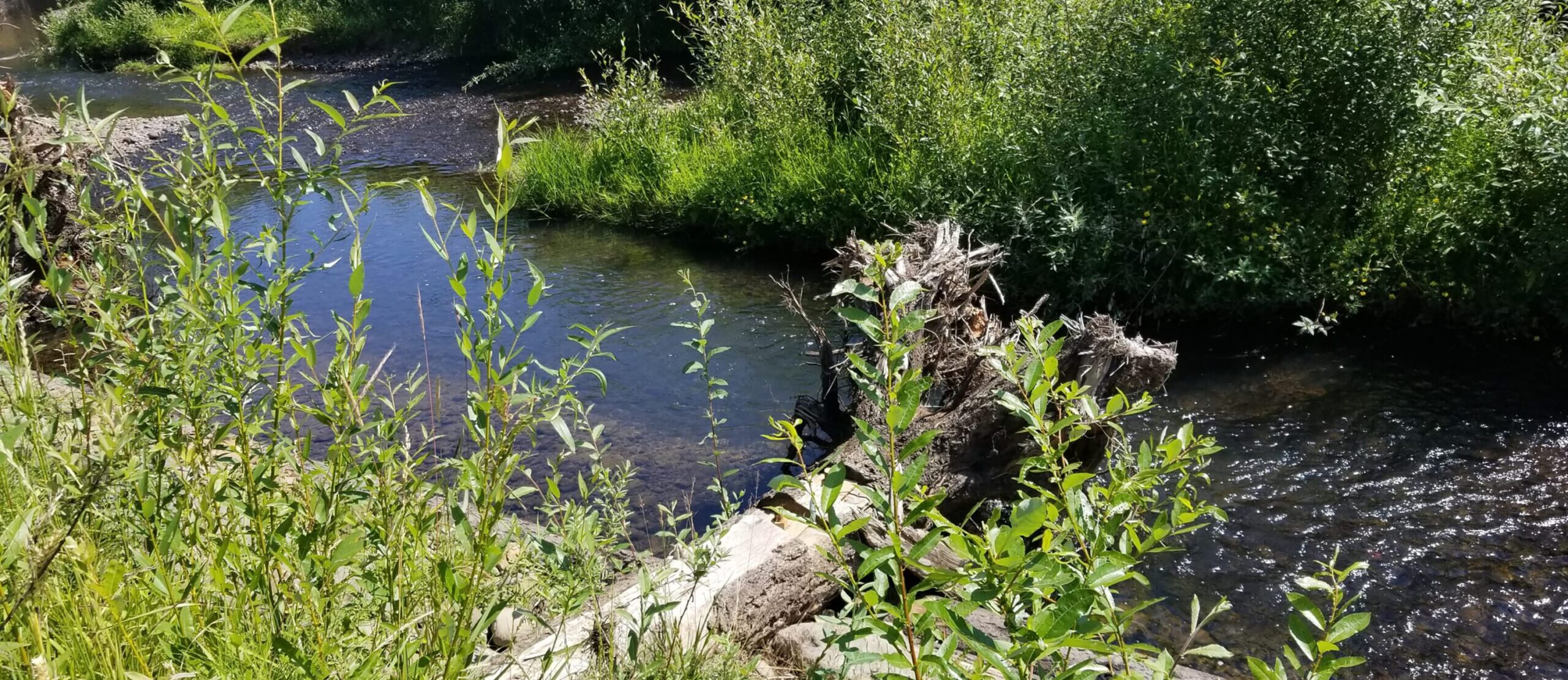Join us in celebrating the first annual Source Water Protection Week: September 26 – October 2, 2021. While this is the first time recognizing this week, protecting our drinking water sources is important every day of the year!
What is Source Water Protection?
Source water is untreated water which is used to produce drinking water. In Clackamas County, drinking water comes from the Clackamas River Watershed and the Molalla River Watershed. A watershed is an area of land that drains water into a stream, river, or other body of water. Watersheds are named for the primary body of water in the area. The Molalla River Watershed, for example, includes all of the land surfaces and streams over which water eventually flows to the Molalla River.
It is important that we protect source water – for drinking, wildlife habitat, and recreation. Source water protection is a plan to reduce or eliminate contaminants from source water. These contaminants can include sediment from erosion and E. coli bacteria from failed septic systems or manure run off. They can also include pesticides, toxic algae, hazardous spills, and even high water temperatures.
Source Water in Clackamas County
- The Clackamas River Watershed: The Clackamas River supplies water for over 300,000 people in cities including Oregon City, Milwaukie, Oak Lodge, Lake Oswego, and West Linn. Learn about Clackamas River Watershed protection efforts.
- The Molalla River Watershed: The Molalla River supplies water for over 26,000 people in Colton, Molalla, and Canby. Read about the Molalla River Drinking Water Project.
10 Tips for Source Water Protection
Our colleagues at Regional Water Providers Consortium provide these tips to help protect our source water:
- Pet waste carries germs that can make dogs and kids sick. Pick it up and put it in the trash.
- Add native trees, plants and groundcovers to your yard to support birds and pollinators. They are adapted to our long, dry summers and don’t require pesticides to stay healthy.
- Avoid using weed and bug killers in your yard. They harm pollinators that help grow our food and most are toxic to pets and people.
- Use slow release fertilizer or compost on your lawn once annually in fall. Overfertilizing causes harmful algal blooms that impact our water supply and ability to fish, swim, and boat.
- Sweep driveways and sidewalks rather than hosing to the street. Dirt and other chemicals washed into our storm drains harm our local streams and rivers.
- Drain / backflush pools and hot tubs into your lawn or a sewer cleanout pipe—not street drains. Residual pool and spa chemicals are harmful to fish and other animals that depend on clean streams and rivers.
- Wash your vehicle at a car wash whenever possible or divert the water from your driveway onto your landscape. Soil is a great filter for pollutants.
- Keep your vehicle maintained to prevent leaks. Use a drip pan until you can see the mechanic. Tiny drips from thousands of cars equals a lot of polluted water.
- Before the rainy season, remove leaves from gutters and rake them away from storm drains.
- Learn where your water comes from and about how our region’s water sources are being protected at the source. Find out who your water provider is and how they’re protecting water at the source.
We Work to Protect Source Water Quality
The Clackamas SWCD works with landowners, organizations, and agency partners to protect source water quality. Efforts we all make today assure future supplies of water for people, plants, and animals.
Our conservation specialists offer free technical assistance on a wide variety of conservation practices that affect water quality. These practices in rural or agricultural areas include mud and manure management. This can keep bacteria from contaminating a waterway or well. Another practice includes streamside planting which can stabilize stream banks and shade the water. Planting field borders and between-row cover crops are other practices that can keep the soil in the field instead of eroding into a stream. (Check out our erosion video series here!)
Learn More!
Interested in how you can implement practices on your property to help protect, preserve, or restore water quality? Contact the Clackamas Soil and Water Conservation District at 503-210-6000 for additional information.
You can follow us on Facebook to receive a wide variety of useful conservation related news. You can also subscribe to our monthly newsletter by using the link at the bottom of this web page.




